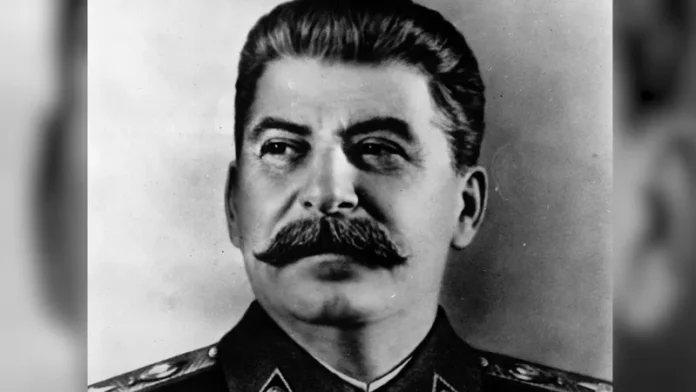Joseph Stalin, famously known as the “Man of Steel,” is a figure marked by extremes. Known for his cold demeanor, cruelty, and moments of surprising timidity, Stalin has left an indelible mark on history. Despite his actions, he is still viewed by many as a hero.
Early Life of Joseph Stalin: Humble Beginnings in Georgia
Stalin was neither Russian nor was “Stalin” his original name. He was born Joseb Dzhugashvili in the Georgian town of Gori, near the scenic Mtkvari River. His family was poor; his father, a cobbler, was an abusive alcoholic, and his mother worked as a washerwoman to make ends meet. Scarred from smallpox and enduring an unstable home life, young Stalin grew up as a gang leader known as “Soso,” often involved in petty theft with his friends.
A Path Towards Rebellion: Education and Political Awakening
His parents, hoping to shape his future positively, sent him to a seminary in Tbilisi at age 14. However, Stalin’s rebellious spirit clashed with the school’s strict environment. A fateful encounter with a pamphlet by Communist leader Vladimir Lenin sparked his interest in revolutionary ideas, particularly those of Karl Marx. His engagement with these ideas eventually led to his expulsion from school.
Stalin Joins the Communist Movement
After leaving school, Stalin became actively involved in revolutionary activities, joining the Russian Socialist Democratic Labour Party in 1899. He gravitated towards Lenin’s Bolshevik faction, which advocated for violent revolution, and soon became an important figure. His criminal activities, including bank robberies, funded the Bolshevik cause and earned him the nickname “Koba,” after a Robin Hood-like figure in Georgian folklore.
The Birth of Stalin: Man of Steel
Stalin was repeatedly arrested and exiled to Siberia. However, his resilience in harsh conditions earned him the nickname “Stalin,” derived from the Russian word for steel. This persona helped cement his image as a strong, unbreakable leader within the Communist Party.
Rise to Power: Stalin’s Political Ascent
In 1912, Stalin was appointed to the Central Committee of the Bolshevik Party, and in 1922, he became the Party’s General Secretary. After Lenin’s death in 1924, Stalin outmaneuvered his rival Leon Trotsky, ultimately exiling and eliminating him in 1940.
Stalin’s Policies: Nationalization and the Great Purge
Stalin’s policies radically transformed Soviet Russia, particularly his nationalization of agricultural lands. Resistance from farmers, known as the Kulaks, was met with brutal repression, leading to millions of deaths through forced labor camps and famine. Stalin then launched the Great Purge, a campaign of political repression that saw thousands of Party members, military leaders, and civilians killed or imprisoned.
Stalin and World War II: The Great Patriotic War
In 1941, Hitler betrayed Stalin, launching an invasion of the Soviet Union. Initially shaken, Stalin regained his composure and rallied the nation to resist. His leadership during the war, particularly the victory at Stalingrad, bolstered his image as a national hero. By the war’s end, Stalin’s Soviet Union had emerged as a superpower.
Stalin’s Final Years and Legacy
Stalin died of a brain hemorrhage on March 5, 1953, at age 73. His death was followed by national mourning, and he was honored with a military funeral. Initially buried beside Lenin, his body was later moved to a separate cemetery in Moscow. Despite his brutal rule, Stalin remains a complex figure in Russian history; a 2019 BBC report indicated that over half of Russians still regard him as a national hero.
Conclusion: Hero or Villain?
Was Stalin a hero who defended Russia or a tyrant responsible for countless deaths? Share your thoughts on his complex legacy, and don’t forget to Like and Share this blog.




